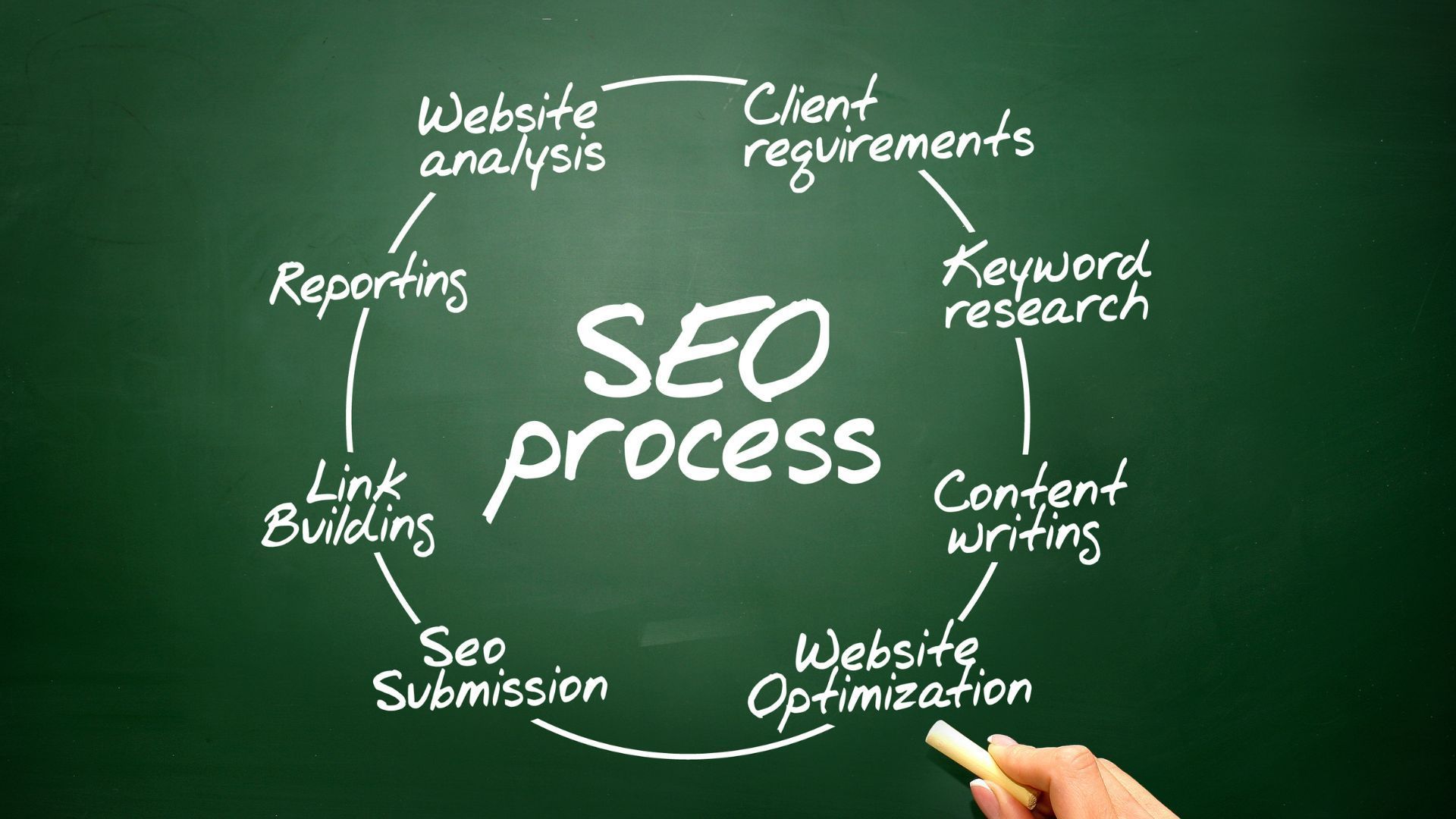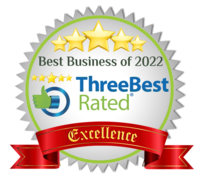Local SEO Strategies Every Small Business Should Implement
Local search engine optimization (SEO) is critical for small businesses seeking enhanced visibility and targeted customer engagement. In a competitive market, even neighborhood stores and service providers must implement advanced techniques, such as search engine optimization RI, to stand out from larger competitors. This article outlines proven local SEO techniques—from optimizing a Google Business Profile to utilizing localized content and strategic link building—that improve web traffic, conversion rates, and overall online presence, especially for small businesses in the sprinkler system niche.
Key Takeaways
- Local SEO strategies enhance search visibility and attract nearby customers.
- Google Business Profile optimization, local keyword research, on-page SEO, and local link building are essential for higher local rankings.
- Regular updates, reputation management, and localized content boost ROI by improving user experience and trust.
- Analytics and audit metrics help refine strategies for consistent growth.
What Are the Most Effective Local SEO Strategies for Small Businesses?

Small businesses benefit from a tailored local SEO strategy that focuses on advanced techniques and local engagement. Effective tactics include optimizing the Google Business Profile, thorough local keyword research, on-page adjustments, and building local links. These methods drive targeted traffic and improve return on investment (ROI) by aligning business offerings with the search intent of nearby consumers. For example, a sprinkler system service in a city might target keywords like “emergency sprinkler repair” and “lawn sprinkler installation near me” to differentiate from competitors.
How Does Google Business Profile Optimization Improve Local Rankings?
Google Business Profile optimization boosts local rankings by ensuring that accurate business information is displayed and regularly updated. This process involves verifying details, choosing appropriate service categories, and encouraging customer reviews to build credibility. An optimized profile not only creates a seamless conversion path but also increases visibility on mobile devices, raising search rankings by up to 30% in competitive markets.
Why Is Local Keyword Research Crucial for Small Business SEO?
Local keyword research identifies the specific terms customers use to find products and services. By uncovering high-intent, geo-specific keywords like “best sprinkler repair service in [City]” or “affordable sprinkler installation near me,” businesses can create content that resonates with the target audience. Using long-tail local keywords naturally in website copy can lead to higher click-through rates due to reduced competition and increased relevance.
What Role Does on-Page SEO Play in Local Search Success?
On-page SEO enhances website relevancy and user experience by optimizing title tags, meta descriptions, header tags, and content with primary and local keywords. Consistent NAP (Name, Address, Phone Number) details and the use of local schema markup reinforce local relevance. When properly executed, on-page SEO improves organic rankings and site engagement by ensuring visitors receive clear, concise, and valuable information.
How Can Small Businesses Optimize Their Google Business Profile for Maximum Impact?
Optimizing a Google Business Profile requires a systematic setup and ongoing management. It is essential to ensure that business hours, service types, and contact details are complete and accurate. This cost-efficient strategy not only enhances local visibility but also builds overall credibility, helping potential customers quickly access the information they need.
What Are the Best Practices for Google Business Profile Setup?
Best practices include claiming the profile, verifying business information, and choosing the correct business category. Adding a professional logo, cover photo, and a gallery of high-quality images—such as photos of recent sprinkler installations, equipment, and before-and-after comparisons—further builds trust and attracts potential clients.
How to Use Photos, Posts, and Reviews to Enhance Your Profile?
A dynamic Google Business Profile is achieved by regularly updating photos, posting promotions or seasonal announcements, and encouraging customer reviews. High-quality images increase click-through rates, while positive reviews boost search engine credibility. A consistent review strategy, including follow-ups with satisfied customers, deepens client connections and improves overall rankings.
How Often Should You Update Your Google Business Profile?
Frequent updates are vital. Small businesses should refresh their profiles at least once a month by adding new photos, adjusting temporary business hours (such as during holidays), and posting about promotions or community events. Regular updates signal to search engines that the business is active and responsive, which can enhance local search stability.
Which Local Keyword Research Techniques Drive Targeted Traffic?

Effective techniques include using localized search tools, conducting competitor analysis, and integrating long-tail keywords relevant to different neighborhoods. By addressing the language and search behavior of local users, businesses can create focused content and landing pages that drive highly targeted traffic, ensuring that the website ranks for keywords with significant conversion potential.
How to Find High-Intent Local Keywords for Your Business?
Finding high-intent keywords involves using tools like Google’s Keyword Planner, SEMrush, and Moz, combined with an analysis of competitor strategies. Incorporating geo-specific identifiers—such as “sprinkler system repair in [City]”—into the content helps capture strong commercial intent, thereby increasing the likelihood of conversions.
What Are Long-Tail Local Keywords and Why Do They Matter?
Long-tail local keywords are detailed search phrases that are highly specific to both location and services. Although they might have lower search volumes, they drive qualified traffic. For example, a phrase like “24-hour emergency sprinkler repair in [City]” targets immediate needs, reduces competition, and aligns with the precise intent of local customers.
How to Analyze Competitor Keywords for Local SEO Advantage?
Analyzing competitor keywords using SEO tools helps identify terms that generate significant engagement. By benchmarking against competitors and evaluating backlink strategies and on-page keyword density, small businesses can discover gaps and opportunities to target overlooked keywords, giving them a competitive edge in local search results.
What Are the Best on-Page SEO Tactics for Local Relevance?
Key on-page SEO tactics include enhancing content with precise local details. This involves optimizing title tags, meta descriptions, and header tags with targeted local keywords. Maintaining NAP consistency and using schema markup further reinforce local relevancy, ensuring that visitors and search engines receive consistent and pertinent information.
How to Optimize Title Tags and Meta Descriptions for Local Search?
Title tags should be clear and succinct, reflecting the local service offered (e.g., “Top Sprinkler Repair Service in [City]”). Meta descriptions must offer an enticing summary of services while incorporating key local identifiers. These optimizations can improve rankings and encourage higher click-through rates from search engine results pages.
Why Is NAP Consistency Important Across Your Website?
Consistent NAP details across all online listings are crucial for building credibility. Search engines rely on this information to verify a business’s legitimacy, and any discrepancies can harm search rankings and customer trust, adversely affecting overall customer acquisition.
How to Use Local Schema Markup to Enhance Search Appearance?
Local schema markup provides structured data that helps search engines understand and display vital business information—such as business hours, geographic coordinates, and customer ratings—in search snippets. This extra detail can transform a standard result into a rich snippet that draws user attention and increases click-through rates.
How Can Small Businesses Build Local Links to Improve Authority?

Building local links involves acquiring endorsements from reputable local directories, newspapers, community websites, and regional organizations. These links serve as valuable signals to search engines about a business’s legitimacy and relevance, increasing domain authority and enhancing local search rankings.
What Are Effective Local Link Building Strategies?
Effective strategies include creating shareable local content, sponsoring community events, and engaging in local business forums. Additionally, forming relationships with regional influencers and contributing to local news platforms can yield quality backlinks. For instance, sprinkler system companies may produce case studies on local water conservation initiatives, which naturally attract links from community and environmental sites.
How to Leverage Local Directories and Community Websites?
Claiming and accurately updating listings on platforms like Yelp, the Chamber of Commerce, and local business networks not only boosts SEO but also increases brand visibility. Consistent NAP details across these directories strengthen local signals and help connect the business with potential nearby customers.
Why Are Customer Reviews and Reputation Management Vital for Local SEO?
Positive customer reviews build social proof and greatly influence search algorithms. They improve click-through and conversion rates while enhancing overall local search rankings. Ongoing reputation management—by responding to reviews and addressing concerns—demonstrates a commitment to customer service and builds lasting trust.
How to Create Localized Content That Engages and Converts?
Localized content addresses specific local interests and needs, creating a deeper connection with the audience. It reflects community events, local landmarks, or city-specific issues to boost engagement, enhance search relevance, and drive organic traffic and conversions.
What Types of Local Content Attract Nearby Customers?
Effective local content includes blog posts about community events, detailed local case studies, service pages customized for specific regions, and customer testimonials highlighting local experiences. For example, sprinkler service companies may create seasonal maintenance guides, water conservation tips, or success stories from local projects to build a strong regional identity.
How to Incorporate Local Keywords Naturally in Your Content?
It is important that local keywords be embedded naturally within the content. Phrases like “[City] sprinkler repair services” should flow with the narrative in blog posts, service pages, and FAQs to ensure the content remains both informative and optimized without resorting to keyword stuffing.
Why Should Small Businesses Maintain a Local Blog or Resource Section?
A dedicated local blog or resource section establishes authority within the community. Regularly updated articles provide residents with useful insights while improving search engine rankings through fresh, local content that addresses current issues and concerns.
How to Measure and Track the Success of Your Local SEO Efforts?

Measuring success involves tracking key performance indicators (KPIs) such as local search ranking positions, organic traffic, click-through rates, and conversion rates. Tools like Google Analytics, Google Search Console, and local citation trackers help evaluate these metrics, providing insights into what works and identifying areas for improvement.
Which Metrics Best Reflect Local SEO Performance?
Critical metrics include local search ranking positions, website traffic from local visitors, and conversion rates on local landing pages. Additional indicators such as the volume of customer reviews and overall engagement on your Google Business Profile further guide refinement of your strategy.
How to Use Google Analytics and Search Console for Local Insights?
These tools provide detailed reports on keyword performance, geographic data, and visitor behavior. By analyzing this data, businesses can identify which local keywords drive traffic and adjust content strategies to optimize local engagement and conversion rates.
When Should You Adjust Your Local SEO Strategy Based on Results?
Local SEO strategies should be reviewed and adjusted every three to six months based on data-driven insights. Regular audits help detect changes in market trends or consumer behavior, while shifts in search algorithms require prompt strategy modifications to maintain competitiveness.
Table: Local SEO Strategies Summary
Before diving into the FAQs, consider the following table outlining key local SEO strategies, their attributes, and benefits for small businesses:
| Strategy | Key Attributes | Main Benefit | Example in Sprinkler System Niche |
|---|---|---|---|
| Google Business Profile | Claiming, verification, complete info, images | Enhanced local visibility and trust | Up-to-date service hours, photos of installations |
| Local Keyword Research | Long-tail keywords, competitor analysis, geo-specific | Higher quality traffic with targeted intent | Keywords like “24-hour sprinkler repair in [City]” |
| On-Page SEO | Title tags, meta descriptions, NAP consistency | Improved organic ranking and click-through rates | Consistent NAP on service pages and localized schema |
| Local Link Building | Community directories, local partnerships, reviews | Increased domain authority and local credibility | Sponsorship of local events and links from neighborhood blogs |
The table summarizes the central pillars of local SEO strategy and shows how each tactic benefits a small business in the sprinkler system industry by driving visibility and customer engagement.
Frequently Asked Questions
How long does it take for local SEO results to appear?
Results can typically be observed within 3 to 6 months, depending on competition and consistent implementation.
Can small businesses compete with larger companies in local search?
Yes, by focusing on localized keywords and optimizing the Google Business Profile, small businesses can outrank larger competitors.
What is the role of customer reviews in local SEO?
Customer reviews cultivate social proof and credibility, influencing search algorithms and potential customers alike.
How often should I conduct a local SEO audit?
An audit every 3 to 6 months is recommended to adjust strategies based on performance insights and market changes.
How do I know which local keywords to target?
Use tools like Google Keyword Planner and analyze competitor strategies to identify high-intent local keywords that align with your services.
This is paragraph text. Click it or hit the Manage Text button to change the font, color, size, format, and more. To set up site-wide paragraph and title styles, go to Site Theme.
Final Thoughts
Local SEO strategies are indispensable for small businesses aiming to engage a local audience. By optimizing Google Business Profiles, conducting in-depth local keyword research, employing on-page SEO best practices, and building credible local links, companies in the sprinkler system niche can significantly improve search visibility. Regular content updates and proactive reputation management further enhance online credibility and user engagement. With continuous monitoring using analytics tools, businesses can fine-tune their approach for long-term success and sustained organic growth in an increasingly competitive digital landscape.


















